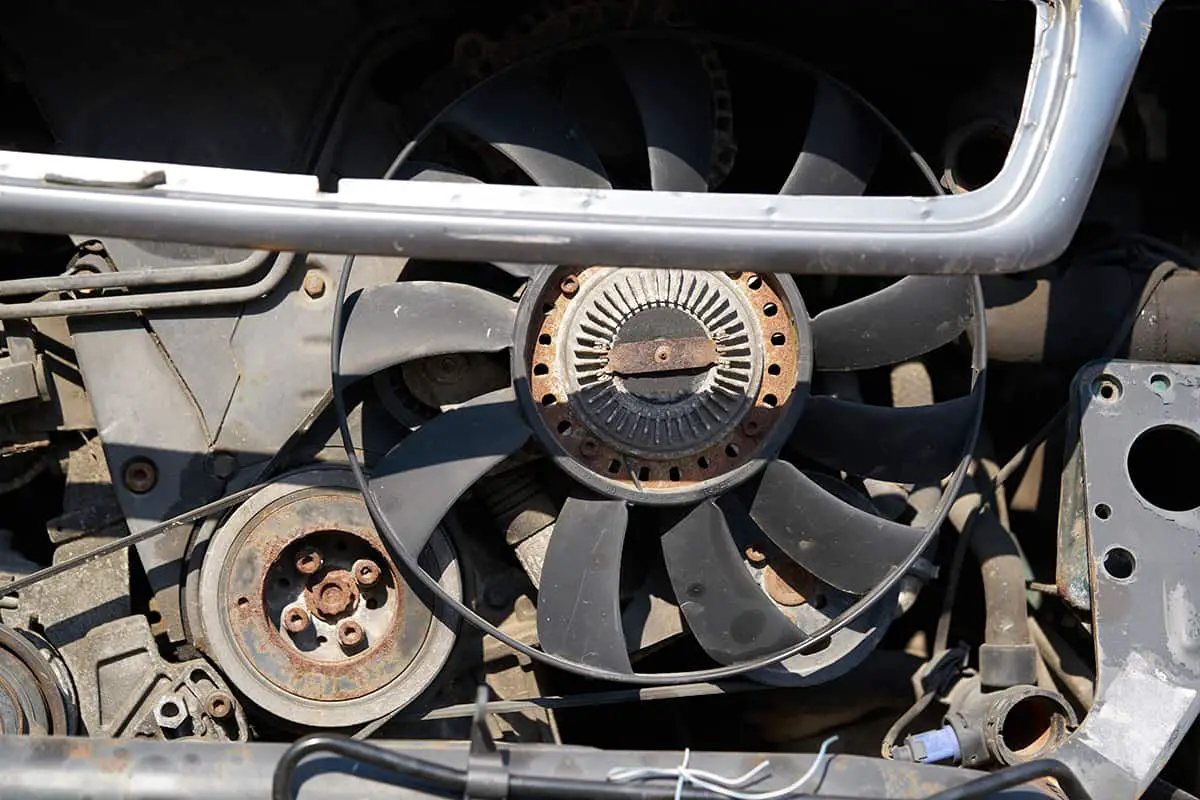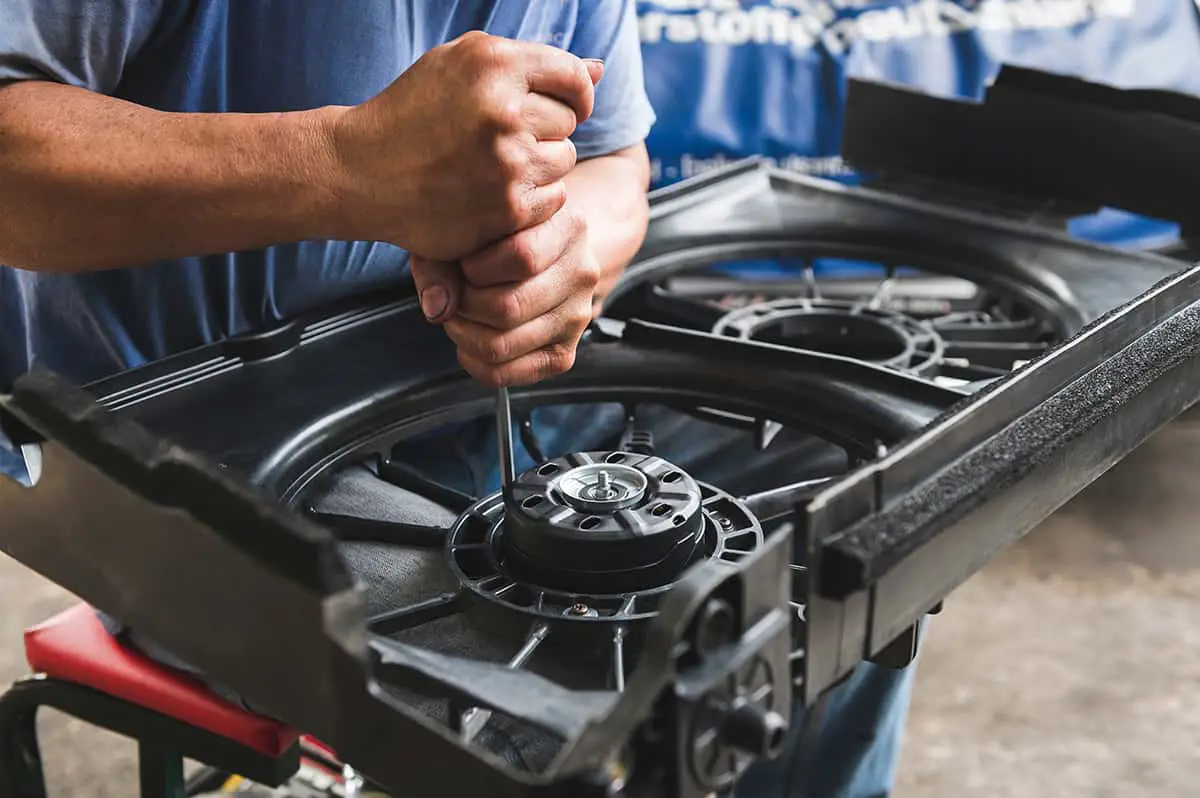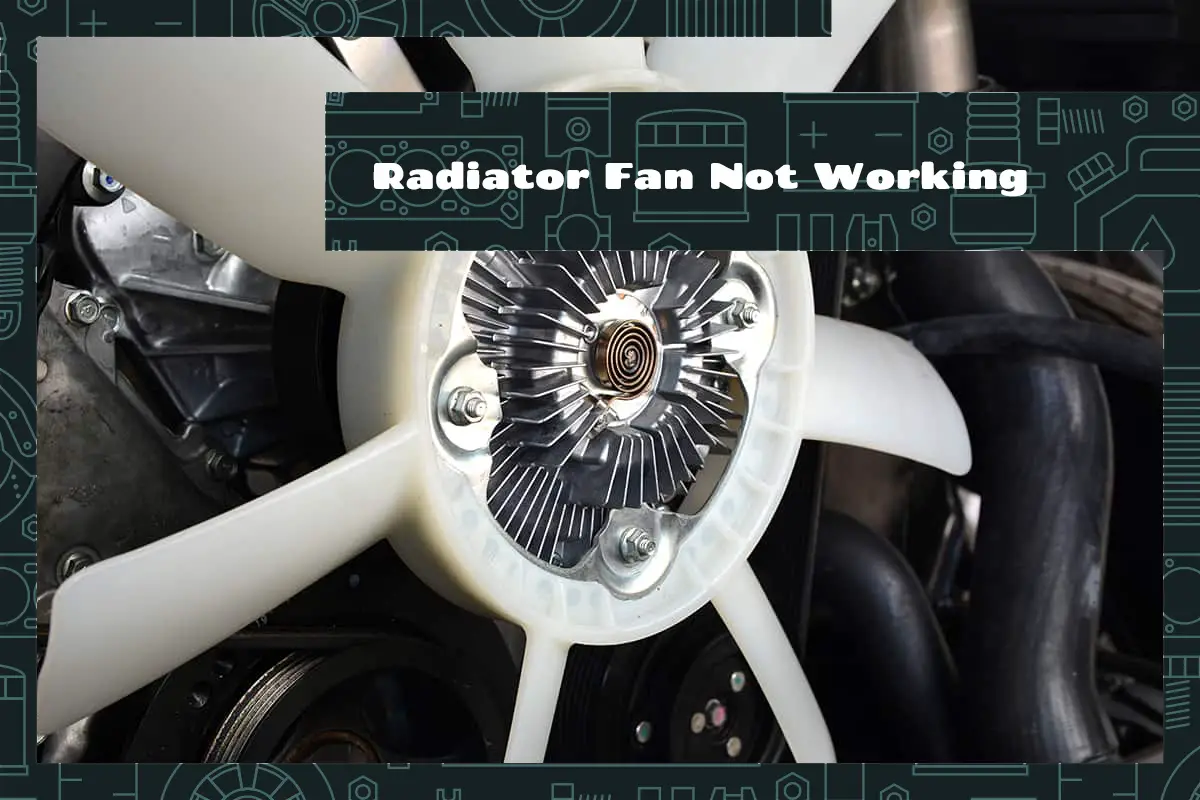The radiator fan is designed to prevent your engine from overheating by blowing cooler air across the radiator. It helps maintain the optimal operating temperature of the engine, thereby ensuring the car’s smooth and efficient performance. However, like all mechanical parts, radiator fans can malfunction over time, posing serious threats to your car’s health and safety.
The primary indicators of a bad radiator fan include:
- An engine that constantly overheats, particularly at idle or low speed
- Inefficient air conditioning, especially when the car is stationary
- Regular loss of coolant without any visible leakage
This guide will cover the causes of radiator fan failure and the process of troubleshooting the problem.
Introduction to Car Radiator Fans

Radiator fans are a crucial element of a vehicle’s cooling system, and understanding their function and importance can significantly improve your car maintenance skills. Let’s delve into the world of radiator fans and get a clear picture of their role and what can happen when they stop working.
The Role and Importance of Radiator Fans in a Car
A car’s engine is a powerhouse of energy, and it’s continuously generating heat. If this heat isn’t controlled, the engine can overheat, leading to costly damages and reduced performance. Here’s where the radiator fan steps in as a savior. Its primary function is to blow air across the radiator, facilitating the cooling of hot coolant that circulates from the engine. This process maintains the engine at an optimal temperature and ensures your car runs smoothly.
While driving at high speeds, enough air passes over the radiator to keep the engine cool. However, during slow driving or when the vehicle is idle, the natural airflow is insufficient. This situation makes the radiator fan crucial in providing the necessary air to dissipate the heat.
Remember that the radiator fan isn’t always running. It’s activated when the coolant temperature reaches a specific point, usually around 200°F. A thermostat or a computer controls this activation.
The Consequences of a Non-Working Radiator Fan
Now, imagine the scenario when the radiator fan fails to perform its cooling duties. The immediate and most noticeable consequence would be an overheating engine. Persistent overheating can cause severe damages, such as a blown head gasket, cracked cylinder head, or even a damaged engine block. These repairs can be expensive and may even lead to the need for a complete engine replacement.
Recognizing Radiator Fan Problems
These warning signs can vary from evident overheating to more subtle indications. Let’s understand what these symptoms are, how they manifest, and what they might mean for your car.
1. Overheating Engine
If you notice the temperature gauge on your dashboard consistently indicating high temperatures, especially during slow driving or idling, your radiator fan may be at fault.
An overheating engine can produce several symptoms. You may notice a lack of power or rough running, excessive steam or smoke from the exhaust, or a distinct smell, similar to burning oil or coolant. Frequent overheating can lead to severe engine damage, making it crucial to address this issue promptly.
2. Air Conditioning Issues
The AC condenser, located near the radiator, relies on the fan to lower the temperature of the refrigerant. If the fan isn’t working, the AC system can’t cool down efficiently, especially in traffic or when idling.
This isn’t a definitive sign of a radiator fan failure, as other factors can also affect the AC’s performance. However, if this symptom accompanies engine overheating, the radiator fan is likely the culprit.
3. Frequent Coolant Leaks
While a leaky radiator or coolant reservoir often causes coolant loss, regular coolant depletion without any visible leakage can indicate a radiator fan issue. When the engine consistently overheats, the cooling system has to work overtime, which may consume more coolant than usual.
Identifying the Root Cause of Radiator Fan Malfunction

When faced with radiator fan issues, determining the underlying cause is crucial. Different problems may cause the fan to malfunction, and each requires a specific solution. By diagnosing accurately, you can address the issue more effectively and prevent future occurrences.
1. Faulty Fan Motor
The fan motor is the component that powers the radiator fan, causing it to spin and cool the engine. Like any motor, it’s subject to wear and tear and can eventually fail. If you’ve confirmed that the radiator fan isn’t spinning when it should be, the fan motor could be the culprit.
2. Damaged Relay
The fan relay is a small electrical device that routes power from the battery to the fan motor when required. If this relay is damaged or malfunctioning, it can prevent the fan from operating, leading to overheating.
3. Failing Thermostat
The thermostat senses the coolant temperature and signals the fan to turn on once a specific temperature threshold is reached. If the thermostat fails, it might not activate the fan when needed, causing the engine to overheat.
4. Wiring Issues
The wiring connecting the various components of the radiator fan circuit could be at fault. Over time, these wires can fray, disconnect, or get damaged, leading to a non-functioning fan.
Troubleshooting Radiator Fan Issues
Once you’ve recognized the signs of a malfunctioning radiator fan, it’s time to start troubleshooting. Identifying the root cause of the issue can save you from potential engine damage and costly repairs. Here’s a guide on how to diagnose radiator fan problems effectively.
Checking the Fan Motor
The fan motor is a logical starting point when troubleshooting. A simple test to perform is the ‘spin test.’ With the engine off, try to spin the fan manually. If it’s hard to turn or doesn’t spin smoothly, it might indicate a bad motor.
You’ll need a multimeter to test the fan motor’s electrical functionality. Disconnect the fan motor’s electrical connector and set your multimeter to check for resistance (ohms). Connect the multimeter probes to the fan motor terminals. If the multimeter doesn’t register any reading, the motor is likely defective and needs replacing.
2. Inspecting the Relay
Relay inspection involves locating it first. You can usually find the relay in your car’s fuse box, and the exact location can be found in your vehicle’s manual.
To check the relay, switch the ignition key to ‘on’ (without starting the car) and listen for a clicking sound from the relay as it operates. If you can’t hear any sound, the relay could be faulty. For a more thorough check, you can test the relay with a multimeter or replace it with a new one to see if the problem persists.
3. Testing the Thermostat
Testing the thermostat can be a little tricky but is doable. With the car engine running, carefully touch the radiator hoses. When the engine reaches operating temperature (around 200 degrees Fahrenheit), one hose should feel hotter than the other.
If both hoses feel equally hot, it means the thermostat isn’t closing and opening correctly, causing the coolant to circulate continuously. This constant circulation can prevent the fan from activating, as the coolant doesn’t get hot enough.
4. Evaluating Wiring and Connections
Checking the wiring involves a thorough visual inspection of the radiator fan circuit. Look for any damaged, disconnected, or corroded wires. Remember that electrical issues can sometimes be hidden, so a visual inspection might not reveal the problem.
If you’re comfortable with electrical systems, you can use a multimeter and a wiring diagram to check for continuity in the wires. Remember, though, working with electrical systems can be risky if you’re not properly equipped or experienced.






